Researchers design a bio-inspired batoid robot from non-toxic hydrogels operated with Au microelectrodes.
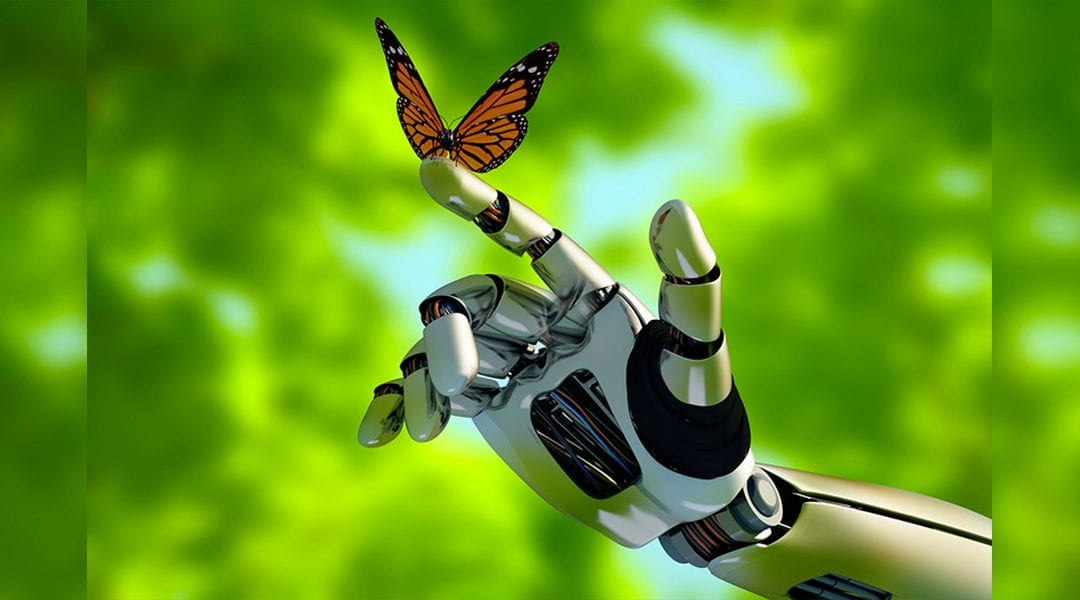

Researchers design a bio-inspired batoid robot from non-toxic hydrogels operated with Au microelectrodes.
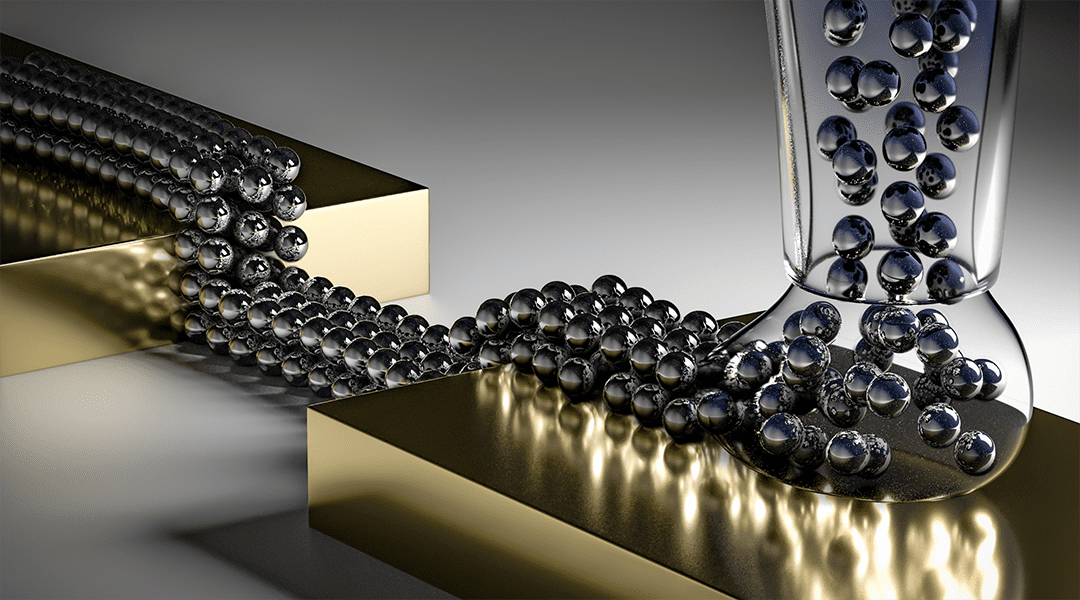
A nanoprinting strategy to produce nano and microscale lines and components for electronic applications.

A marking protocol is developed in which nanogels are used as a smart biocompatible ink. These interactive markers offer new solutions for security and traceability applications.

A new biomimetic strategy provides a platform for the synthesis of ligand-targeted nanovesicles that can mediate selective drug delivery to specific tissues.

Researchers from MIT present a strategy to increase printing resolution beyond the nozzle size, while drawing diverse complex patterns with a linear nozzle path.
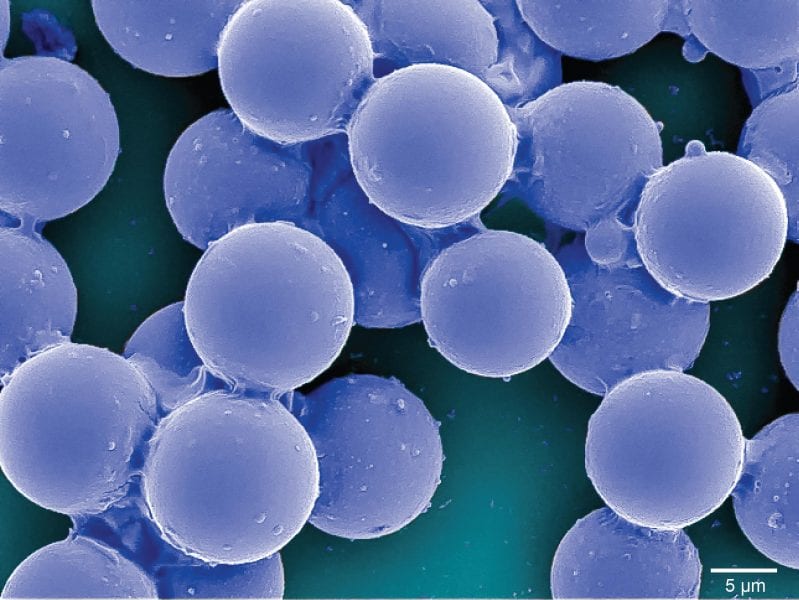
A simple and convenient method to fabricate thermoresponsive gel particles with tunable size across multiple size scales opens new directions in biomaterials, optics, and pharmaceutics.
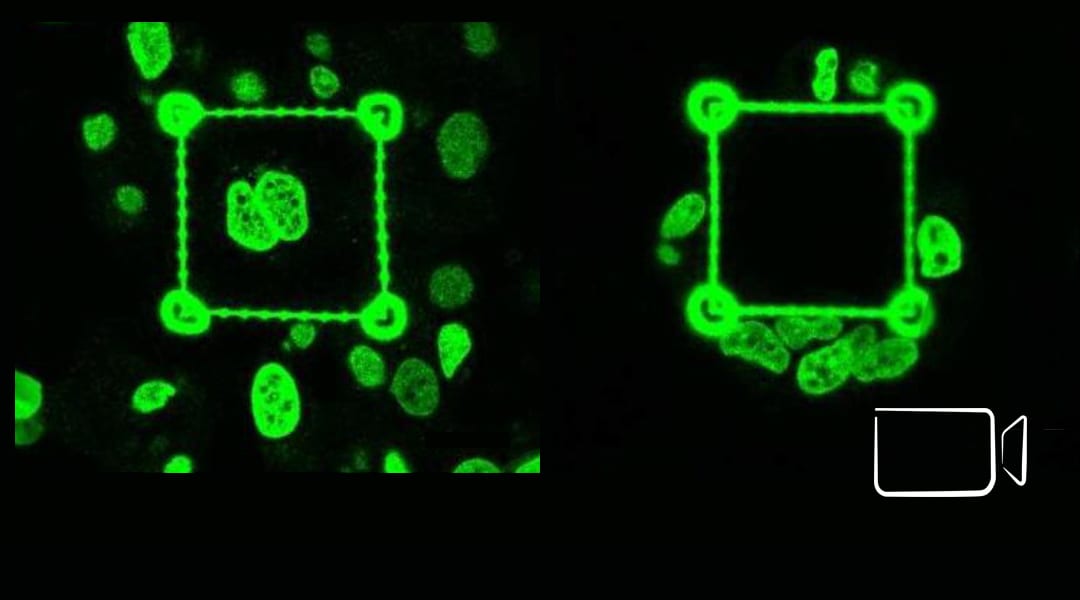
An approach to study tumor cell invasiveness by exploiting an innovative class of polymeric scaffolds based on two-photon lithography to control the stiffness of deterministic microenvironments in 3D is presented.
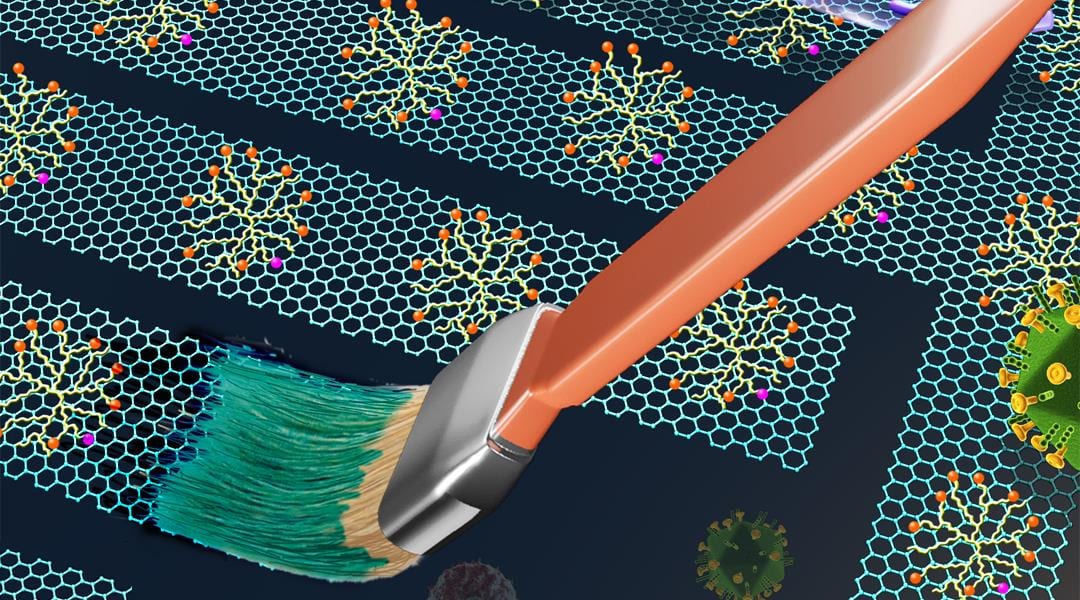
Flexible graphene nano-inks with an excellent bioactivity pave the way for next generation biomedical applications.
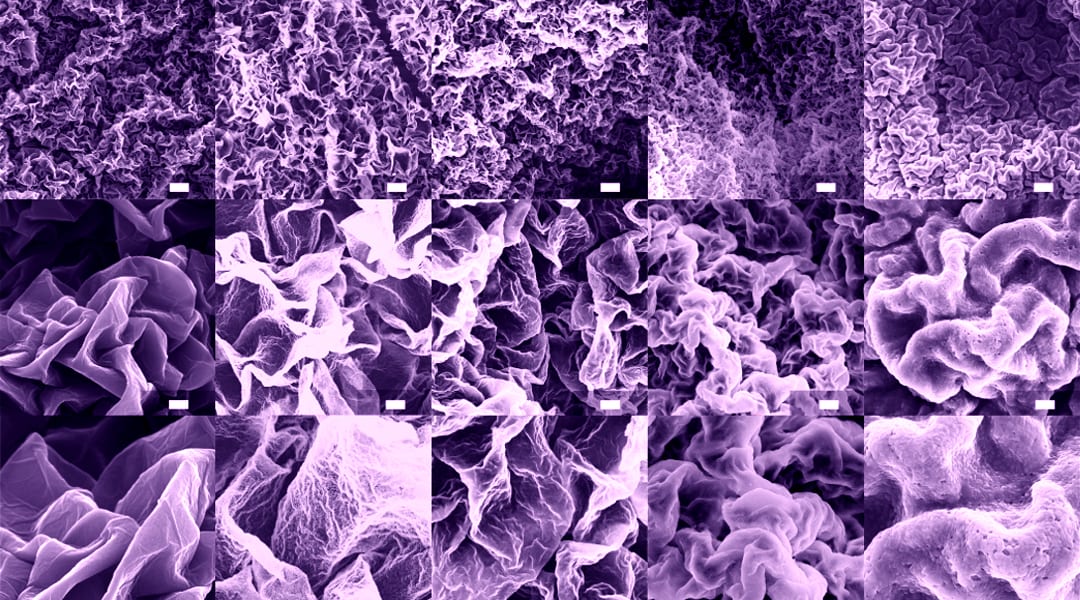
Metallized graphene inks open new directions in film patterning since dense ceramic films with the micro- and macrostructure of a graphene host were produced for the first time in Brown University

A nanocomposite possessing high NIR-transparency is developed, and shown to be applicable for NIR photography, security, and forensic-related applications.